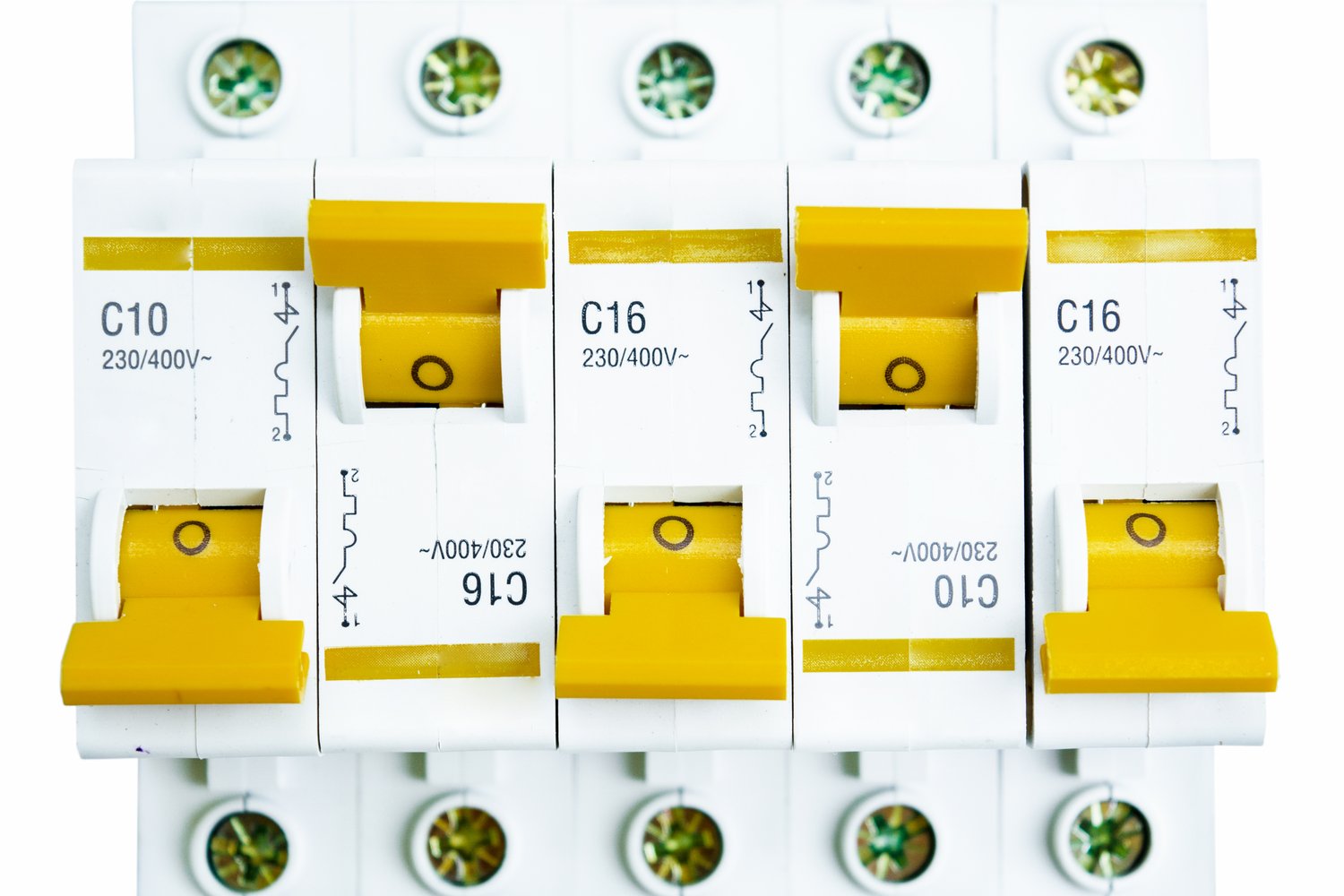Protecting the heart of your electrical system—the circuit breaker—is essential for both safety and operational efficiency. Properly sizing a circuit breaker not only prevents expensive equipment damage but also averts potential hazards in your setup. Let’s explore the critical steps and considerations to ensure your system runs seamlessly and safely.
- Gain insights into the various factors that dictate the correct circuit breaker size for diverse electrical loads and requirements.
- Discover a straightforward process for calculating circuit breaker sizes tailored to your specific electrical system needs.
- Understand the critical role that wiring, environmental factors, and compliance regulations play in circuit breaker sizing.
Equipped with this knowledge, you’ll be empowered to make informed decisions that safeguard your electrical system. Whether you’re a seasoned professional or a DIY enthusiast, our thorough guide will help you navigate the complexities of circuit breaker sizing with confidence and precision.
Understanding Circuit Breaker Capacity and How to Size a Circuit Breaker Correctly: Prevent Overloading Your Electrical System
Understanding the capacity of a circuit breaker is essential for ensuring the safety and efficiency of your electrical system. Circuit breakers are designed to protect electrical circuits from overloads and potential hazards by interrupting the flow of electricity when an overload is detected.
Several factors influence the correct sizing of a circuit breaker. Firstly, it is imperative to consider the types of electrical loads the breaker will manage. High-energy devices such as ovens or industrial machinery demand more robust protection compared to lighting fixtures or small appliances.
In addition, the current rating needed for a breaker should correspond to the total electrical load it is expected to handle. This ensures the breaker performs effectively without unnecessary tripping. The electrical loads’ characteristics, whether purely resistive or inductive, also play a role, as inductive loads tend to draw more current initially.
Lastly, understanding the application’s potential for load changes or future expansion is vital. This foresight helps anticipate increased electrical demands, allowing for a circuit breaker capacity that accommodates both present and future needs.
Steps for Calculating Circuit Breaker Size
Calculating the correct circuit breaker size requires a systematic approach, ensuring it aligns with your specific electrical system requirements. This step-by-step process will guide you through essential calculations:
1. Determine the Total Load: Start by calculating the total electrical load on the circuit. This involves adding up the wattage of all appliances and devices connected to the circuit. To convert the total wattage to amps, divide by the voltage of the electrical system, typically 240 volts for homes.
2. Apply the 125% Rule: To account for potential overloads and continuous loads, it’s prudent to apply the National Electrical Code’s recommendation. Multiply the total amperage by 1.25 to get the minimum breaker size.
3. Match with Standard Breaker Sizes: Circuit breakers come in standard sizes, so the calculated breaker size must align with the nearest standard size. If your calculations result in a non-standard size, opt for the next higher size to ensure adequate protection.
By following these steps precisely, you ensure your circuit breaker is sized appropriately, enhancing the safety and functionality of your electrical system. Properly sized breakers not only prevent unnecessary disruptions but also safeguard against potential electrical hazards.
Key Considerations in How to Size a Circuit Breaker Correctly: Prevent Overloading Your Electrical System
When it comes to sizing a circuit breaker, understanding the crucial aspects can protect both your electrical systems and ensure safe operations. Properly sized circuit breakers are essential to prevent overloading, which can lead to electrical fires or system failures. Here, we delve into the important factors that must be considered for accurate sizing of circuit breakers.
Wiring: The type and size of wiring used in your electrical system significantly impact the circuit breaker size. The wire gauge reflects the capacity for electrical current. It is vital to choose a circuit breaker that matches or complements the wire gauge to ensure that your system can handle the load without overheating. Always check the manufacturer’s recommendations for compatibility between wire sizes and breaker ratings.
Environmental Conditions: The environment in which the circuit breaker operates can affect its performance. High ambient temperatures can reduce a breaker’s ability to carry its rated current, whereas cold environments can cause materials to contract, potentially impacting electrical connections. Ensure that the circuit breaker you select is rated for the environmental conditions it will encounter. Consider factors such as humidity, dust, and the presence of corrosive materials, which might necessitate additional protective measures.
Regulations and Standards: Compliance with local electrical codes and regulations is crucial in selecting the appropriate circuit breaker size. These codes are designed to protect both persons and property by enforcing standards in electrical installations. Familiarize yourself with both national standards and any regional amendments that may apply to your area. Consulting with a professional or referring to the National Electrical Code (NEC) can provide guidance on the minimum requirements for circuit breaker sizing, ensuring safety and legal compliance.
By carefully considering these elements, you ensure that every component in your system works harmoniously. Properly sized circuit breakers help maintain electrical efficiency, reduce the risk of malfunction, and support the longevity and reliability of your installations. As electrical systems are integral to home and commercial safety, not adhering to these considerations can result in costly repairs or replacements. Seek the guidance of a licensed electrician if you’re uncertain about the specific needs of your system.
FAQs on Correctly Sizing a Circuit Breaker
Why is it important to size a circuit breaker correctly?
Proper sizing prevents overloads and reduces the risk of electrical fires or damage to the system.
What factors should I consider when sizing a circuit breaker?
Consider the type of load, wiring, and environmental conditions.
How can I calculate the right circuit breaker size?
Use the formula: Load Current = Power/Voltage, and select a breaker with a slightly higher rating to accommodate current spikes.
What are common signs of an overloaded circuit?
Frequent tripping, flickering lights, and warm outlet covers indicate an overload.
Should I consult a professional for sizing a circuit breaker?
Yes, consulting a licensed electrician ensures safety and compliance with regulations.





